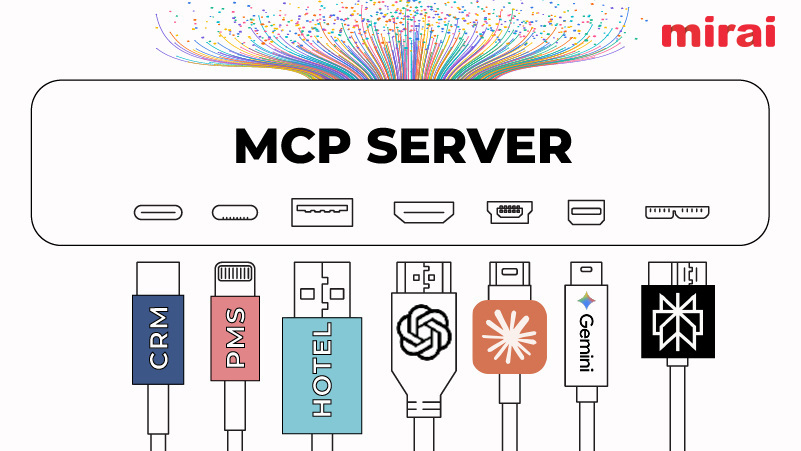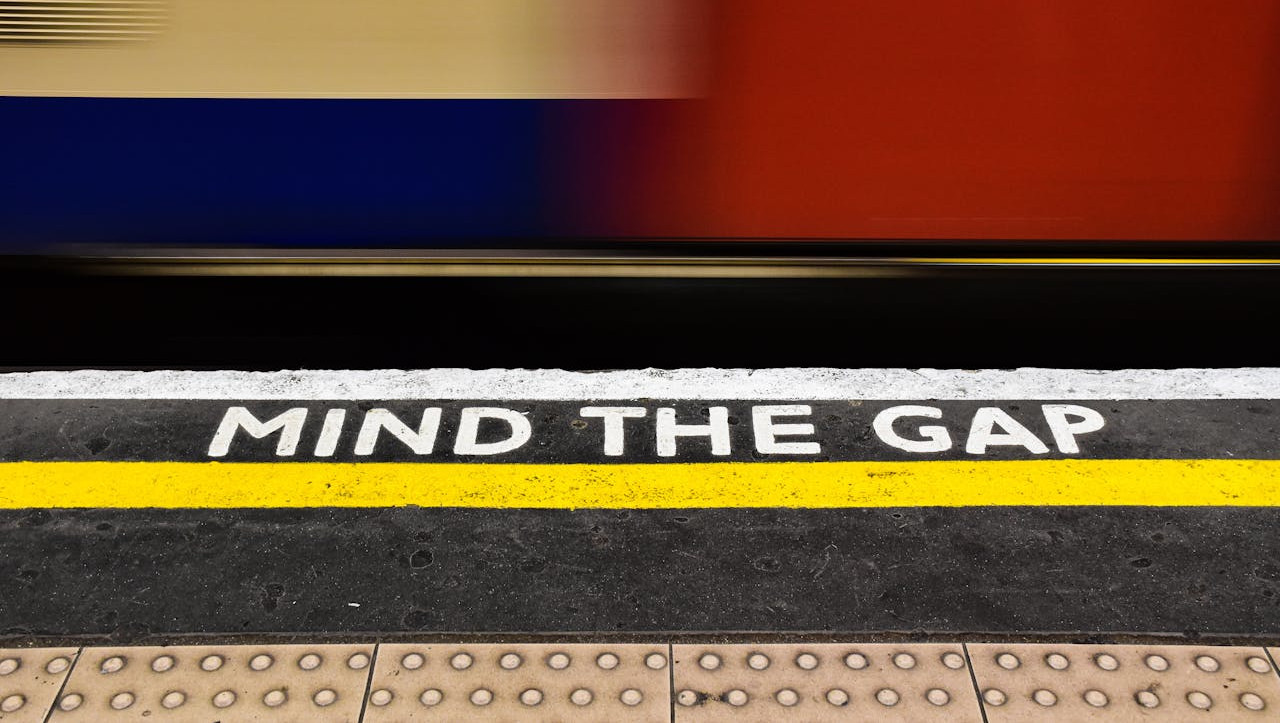
So, what exactly is a no-show? It’s when a guest books a room but simply doesn’t turn up without canceling. It’s like planning a dinner party and half your guests don’t show up – frustrating, right?
NB: This is an article from eZee Absolute
Subscribe to our weekly newsletter and stay up to date
Imagine this happening every day, and you’ll start to see why it’s a big deal for hotels.
There are a few different types of no-shows. You’ve got the solo traveler who forgets about the booking, the big group that cancels last minute, and then there’s the mysterious disappearance act – no clue why they didn’t show up.
But it’s not just annoying; it hits hotels where it hurts the most– the wallet. Empty rooms mean lost revenue, and overstaffing for guests who never arrive is a costly mistake. Plus, it messes with the hotel’s overall occupancy rate, which is like the hotel’s report card.
Let’s face it, no-shows are a real headache for the hospitality industry. Now let’s figure out how to deal with these pesky no-shows.
Analyzing No-Show Data
No-shows are a pain, but how do we fight back? The secret weapon is data. Yes, those numbers and figures can be a hotel’s best friend.
Imagine having a crystal ball that could predict which guests might bail on you. Sounds impossible?
But trust me, data is kind of like that. By tracking things like how many people don’t show up, when they usually cancel, and what kind of rooms they booked, hotels can start to spot patterns.
For example, if a hotel notices a spike in no-shows on weekends during peak season, they can adjust their staffing or overbooking strategy. It’s like detective work, but with spreadsheets.
So, where do you start? Begin by tracking no-show rates over time, identifying peak periods, and correlating them with events, holidays, or seasonal fluctuations. This will help you anticipate and prepare for no-show hotspots.
Next, examine the booking channels and sources of no-shows – are they coming from OTAs, direct bookings, or elsewhere? This knowledge will enable you to refine your strategies and improve communication with guests.
Further, understand guest behavior and demographics to identify common characteristics among no-shows. Are they solo travelers, groups, or business bookings? These nuances will allow you to tailor your approach and create targeted solutions.
Remember, data analysis is not about blaming guests, but about understanding their needs and preferences to improve your services.
By analyzing no-show data, you’ll uncover valuable lessons to inform your strategies, optimize operations, and boost revenue.




